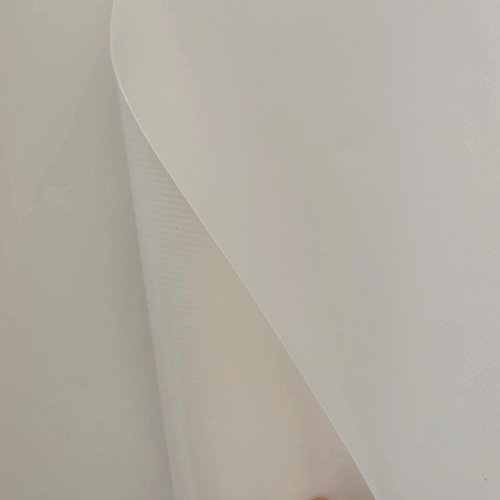What is Air Purification Composite Material's primary purpose?
Updated:07月20日
The primary purpose of an air purification composite material is to remove or reduce contaminants and pollutants from the air, improving indoor air quality. This type of material is specifically designed to be used in air purifiers and filtration systems to effectively capture and neutralize various airborne particles, odors, gases, and volatile organic compounds (VOCs). The goal is to create a healthier and more comfortable living or working environment by providing cleaner and fresher air to breathe.
Air purification composite materials typically consist of a combination of different filtration technologies and media that work together synergistically to target specific pollutants. Some common components of these materials include:
Activated Carbon: Activated carbon is an extremely porous material with a large surface area, which makes it highly effective at adsorbing and trapping gases, odors, and VOCs. It works through a process called adsorption, where gas molecules adhere to the surface of the carbon particles.
HEPA (High-Efficiency Particulate Air) Filter: HEPA filters are mechanical filters that can trap and remove a wide range of airborne particles, including dust, pollen, pet dander, mold spores, and some bacteria and viruses. They are designed to capture particles as small as 0.3 microns with an efficiency of 99.97% or higher.
Photo-Catalytic Oxidation (PCO): PCO technology uses a combination of a catalyst (such as titanium dioxide) and UV light to break down and neutralize certain pollutants like VOCs, bacteria, and viruses.
Electrostatic Precipitator: This technology uses an electric charge to attract and collect particles, including smoke, dust, and allergens. The collected particles are then removed when they adhere to oppositely charged plates or surfaces.
Ionizer: Ionizers release negatively charged ions into the air, which attach to airborne particles, making them heavier and causing them to settle on surfaces or get captured by filters more effectively.
Silver or Other Antimicrobial Agents: Some air purification composite materials may incorporate silver or other antimicrobial agents to inhibit the growth of bacteria and mold within the filtration system.
By combining these various filtration and purification technologies, air purification composite materials can address a wide range of air quality issues. They are particularly effective in removing allergens, smoke, pet odors, cooking odors, chemical fumes, and other harmful pollutants from indoor air.


You may also like
-

Tarp for Truck Cove
-

PVC Tarp for Truck Side Curtain
-

Vinyl Tarp for Trailer Cargo Covers
-

PVC Tarps for PartyEvent Tent
-

Tarp for Waterproof Sun Shade Canvas Tent
-

Tarp for Outdoor Activities Exhibition Tent
-

Tarp for Party Wedding Tent
-

Tarp for Animal Horse Livestock Shelter Outdoor Tent
-

Tarp for Industrial Storage Warehouse Workshop Tents
-

Tarp for Coal Mine Tent for Colliery
-

PVC Tarpaulin for Universal Outdoor Camping Side Awning
-

Outdoor Sunshade Canopy PVC Tarpaulin

 简体中文
简体中文 English
English



